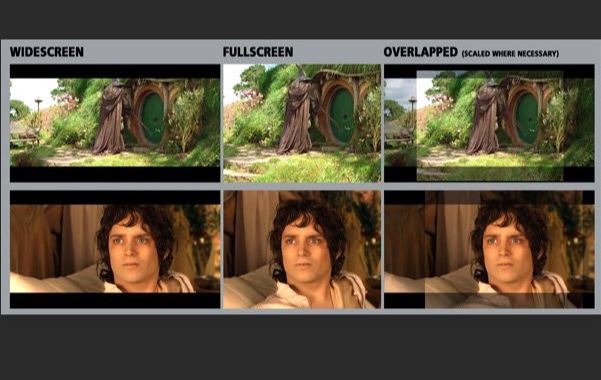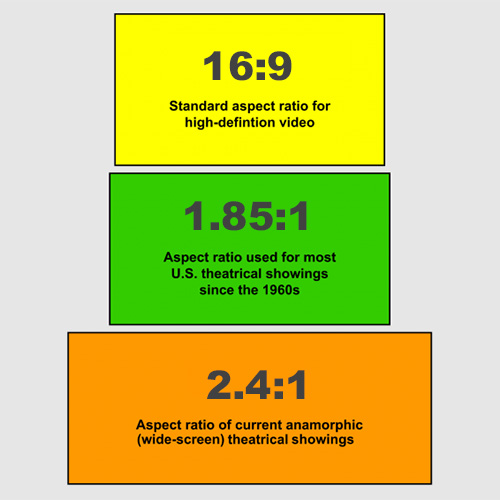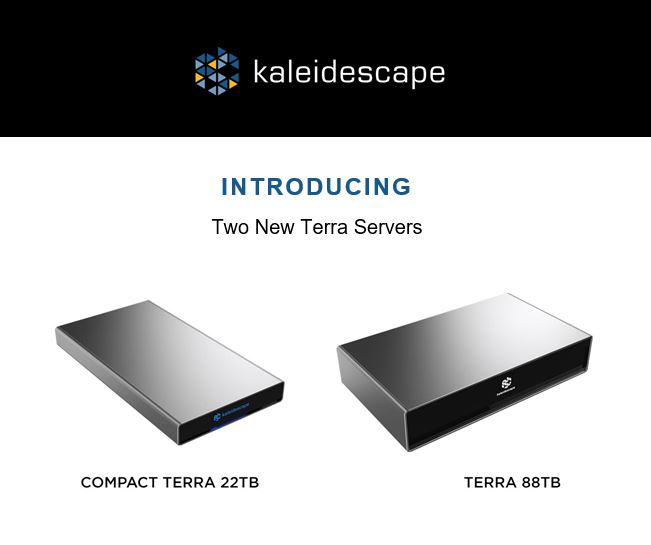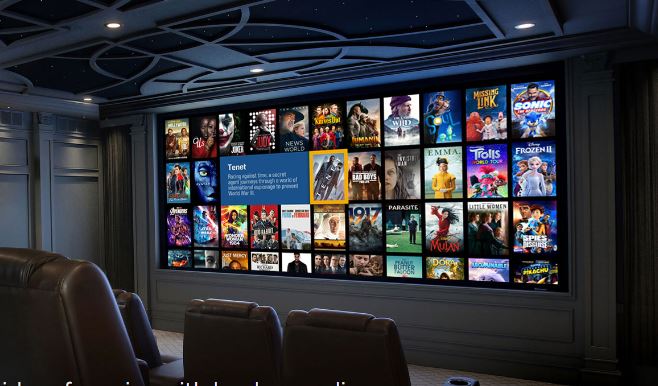
Cinema Aspect Ratios
The ridiculously simple guide to understanding cinema aspect ratios.
There are dozens of different formats that make television and movie content more or less “wide”. The ratio description looks like a jumble of numbers and the marketing terms like “Widescreen, IMAX, and Cinemascope” don’t really tell you much. Format matters because you may want to know if the movie your going to watch is of a certain quality and if it is being cropped or if you’re seeing the whole picture. Literally. The following is what you absolutely need to know and then a couple links to all the detailed information you could ever want.
Nowadays Television
Whether your TV is 10 years old or if it’s brand new it’s screen is going to be an “HD” format. Even if your TV is 4K, aka UHD, it’s still considered “HD format”. The aspect ratio for HD, meaning the the relationship between width and height of an image, is technically 1.77 to 1 but everyone says 16:9 (pronounced sixteen by nine). So, for every 1.77 inches across the width, there will be 1 inch going from top to bottom. This 16 by 9 format is so common now that virtually every broadcast station and even the Netflix streaming service is standardized on this size. Here’s the bad news: If you’re watching a movie on 16:9, you’re probably not seeing everything that the filmmaker intended.
Movie Theaters
Arguably the best place to watch a movie is in a dedicated movie theater. It’s hard to compete with a surround sound system and large screen. Most movies, with many notable exceptions, are filmed in a wider aspect ratio than the regular television format mentioned above. Although the format varies from movie to movie and sometimes even within the movie itself, generally speaking the Academy of Motion Pictures Arts and Sciences has said that most theatrical showings since the 1960’s are in 1.85:1 aspect ratio.

Cinemascope
Although technically not correct, the commonly used term “Cinemascope” refers to the very wide format of today’s modern cinema. This very wide-looking format is preferred by many movie lovers because the extra width matches our natural peripheral vision. After all, our eyes are set horizontally apart on our faces so it’s natural to look at a wider picture screen. Consequently, many films today are created extra wide. Sadly, much of the movie-scene periphery is lost when the movie is ported over to home television or streaming service. The actual aspect ratio varies but common values are 2.35:1 or 2.4:1. If you are a cinephile, building a home theater for yourself, we suggest the Cinemascope format. If however some of what you will be watching is from a streaming service or broadcast you will see black pillars (bars) on the left and right of the viewing area.
Here is a list of movies filmed in 2.40:1 format to give you an idea of what we’re talking about. If these are the type of movies you like then consider watching them on what people call a “cinemascope” screen/projector.
Lord of the Rings
Pirates of the Caribbean
The Bourne Identity
How to Train Your Dragon
Basic Instinct
L.A. Confidential
Departed
Transformers
Robin Hood
Iron Man
The Dark Knight
Star Trek
Inglorious Basterds
Ratatouille (Pixar)
Cars (Pixar)
The Notebook
Casino Royale
Quantum of Solace
Batman Begins
Gladiator
Black Hawk Down
The Aviator
The Matrix
Labyrinth
Terminator 2
Apollo 13
Total Recall
Braveheart
American Beauty
Moulin Rouge.
In short, there are really only 3 aspect ratio formats you should know: “16 by 9” for HDTV, “1.85” for common movie theaters, and “2.4” aka “Cinemascope” for the extra wide screens used in modern cinema. The other formats like 2.35:1, 2.70:1, IMAX’s 1.43:1 or 1.90:1, etc. are covered in the links below.

https://widescreen.org/aspect_ratios.shtml
A Critical Home Theater Decision — 16:9 or 2.4? (projectorcentral.com)
How Netflix & Amazon’s Demand for 4K Affects Shooting a Documentary | IndieWire





Leave a Comment